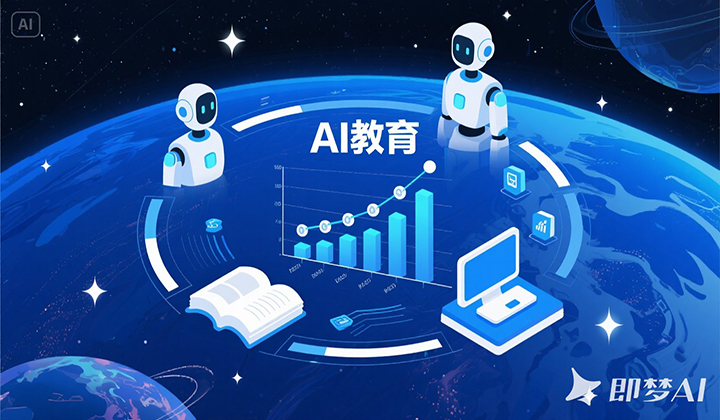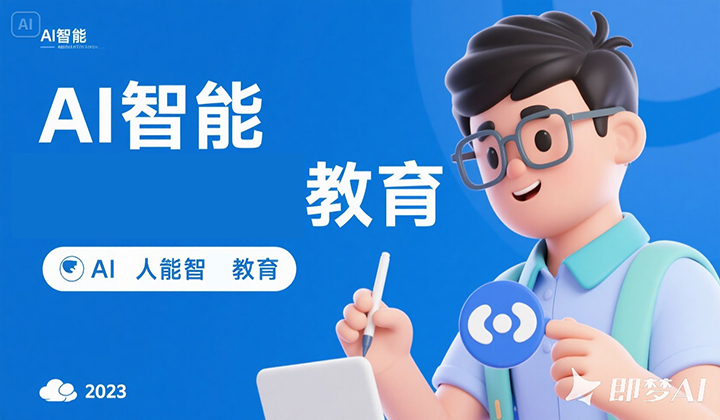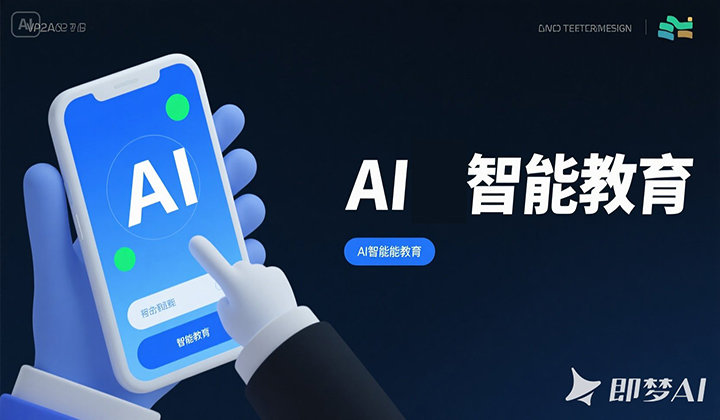Cutting-Edge AI Technologies: The Core Force Driving Future Transformations
In the current era of rapid technological advancement, artificial intelligence (AI) undoubtedly stands as one of the most dazzling fields. Cutting-edge AI technologies are evolving at an unprecedented pace, profoundly reshaping the way we live, work, and the overall operation of society. Spanning from healthcare and education to transportation and financial services, these advanced technologies act as keys, unlocking one new possibility after another.
Artificial General Intelligence (AGI), often regarded as the "holy grail" of the AI domain, aims to endow machines with comprehensive and flexible intelligence comparable to that of humans. Unlike traditional AI systems limited to single tasks or specific domains, AGI can autonomously learn, make decisions, and handle diverse tasks in complex and ever-changing environments. For instance, in the medical field, an AGI system could integrate multi-source information, including a patient’s medical history, symptoms, and genetic data, to diagnose diseases with high precision and propose personalized treatment plans. Its accuracy and comprehensiveness would far surpass the individual judgment of human doctors. In education, AGI could customize learning plans for each student based on their learning styles, progress, and interests, truly realizing tailored education and significantly enhancing the quality and efficiency of learning.
Agent technology infuses AI with the capabilities of autonomous action and decision-making. Take autonomous driving cars as an example. During the driving process, through agent technology, these vehicles can perceive real-time road conditions, traffic signals, and the dynamics of other vehicles and pedestrians, and make reasonable driving decisions such as accelerating, decelerating, turning, and evading, making travel safer and more efficient. Home assistant AI agents can autonomously manage household affairs, such as controlling home appliances, arranging daily purchases, and maintaining home security, creating a convenient and comfortable living environment and integrating AI seamlessly into every aspect of daily life.
Natural language processing (NLP) technologies are also constantly breaking boundaries. The improvement of long-context understanding capabilities enables AI to grasp user intentions more accurately. In content creation, for example, with just a vague topic and a rough outline, AI can generate coherent and rich articles by leveraging its long-context understanding ability. Multilingual integration breaks down language barriers, enabling seamless global communication. In scenarios like business negotiations of multinational corporations and international academic exchanges, AI can provide real-time and accurate language translation, facilitating cultural exchanges and cooperation.
Human-AI alignment technology focuses on ensuring that AI outputs align with human values. When designing autonomous driving systems, factors such as traffic rule compliance and courtesy towards pedestrians and other vehicles, rather than just driving efficiency, must be integrated into the algorithms. By setting appropriate reward functions, we can guide AI models to behave in accordance with human moral standards, ensuring that AI serves humanity without violating basic ethical principles.
Interpretable models are crucial for enhancing user trust in AI. In the healthcare sector, highly interpretable AI diagnostic systems can clearly display the basis for their diagnoses, allowing doctors to judge the reliability of the results and reduce unnecessary examinations and treatments. In the financial field, interpretable models can elucidate the logic behind risk assessments and investment strategy formulations, enabling investors to understand the rationale of decisions, boosting confidence, and minimizing potential risks.
Multimodal large models can process various types of data inputs, including text, images, audio, and data tables, and generate diverse outputs as needed. In multimedia content creation, creators can utilize multimodal large models to transform textual ideas into rich works incorporating images and sounds. In intelligent security, these models can integrate multimodal information, such as video images and environmental sounds, to accurately identify abnormal situations and ensure public safety.
Embodied intelligence and physical AI systems bridge the gap between the virtual and physical worlds. Humanoid robots, as a prime example of physical AI systems, possess multimodal perception and understanding capabilities, enabling them to make autonomous decisions and act in complex environments. In disaster relief scenarios, humanoid robots can leverage their flexible bodies and intelligent decision-making abilities to carry out rescue operations in hazardous areas, reducing the risk of casualties among rescue workers.
Quantum AI integrates quantum computing and AI, harnessing quantum properties to accelerate machine learning and optimization algorithms. When dealing with large-scale data processing and complex model training, Quantum AI holds the promise of significantly improving computational efficiency and shortening training times, opening up new pathways for AI development and driving breakthroughs in a wider range of fields.
World simulators create immersive and highly realistic experiences through generative models and digital interaction engines. In education, students can use world simulators to enter virtual historical scenes and scientific experimental environments, learning knowledge in an immersive manner. In robotics research and development, world simulators can construct large-scale, standardized multimodal datasets of robotic behaviors, facilitating the optimization and advancement of robotics technology.
AI-driven scientific research is accelerating the development of various disciplines. In physics, AI assists scientists in analyzing massive experimental data and discovering new physical laws. In chemistry, AI can predict chemical reaction outcomes and design novel materials. In biology, AI supports gene sequence analysis and drug development. AI provides new perspectives and methods for scientific research, continuously expanding the boundaries of human knowledge.
The vigorous development of cutting-edge AI technologies presents a future full of infinite possibilities. However, while enjoying the conveniences brought by these technologies, we must also pay attention to potential ethical and security issues. Ensuring that technological development aligns with human well-being will enable cutting-edge AI technologies to truly become a powerful driving force for social progress and the creation of a better future.














